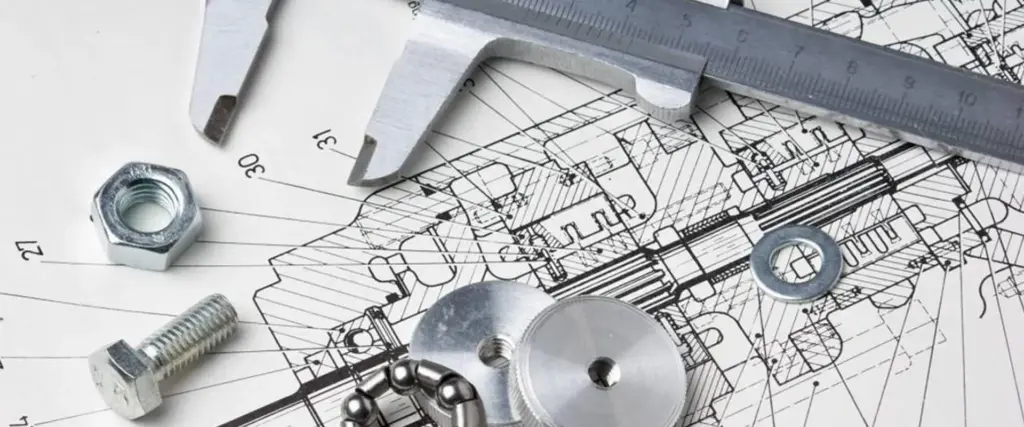Laser cutting is a high-precision material processing technology that uses a high-energy-density laser beam to heat the surface of a workpiece,thereby cutting, engraving or punching the material. The following is the basic working principle of laser cutting:
Processing characteristics of fiber laser cutting machine
1.Non-contact processing, small heat-affected zone on processed materials, flexible processing
- Narrow cutting gap
- Fast cutting speed and good precision
- Five mechanical stresses, no burrs
- No tool loss and contact energy loss, no need to change tools
- The beam runs without inertia, and high-speed cutting can be implemented
- Multi-station operation can be realized, and automation can be easily realized
- Low noise
- The laser cutting surface quality is good and the cutting edge is smooth
Classification of laser cutting machine
Laser classification: CO2, YAG, optical fiber
Movement mode: two-dimensional platform, three-dimensional space, pipe
YAG solid-state cutting machine: the leading product of the cutting machine in the early stage, currently there are fewer solid surfaces, and the laser is generated by xenon lamp tubes. It can cut high-reflective materials such as copper and aluminum.
Advantages: high laser intensity, general for cutting plates, low price;
Disadvantages: high power consumption, high consumables, low beam quality, average cutting effect, regular dimming and maintenance are required
CO2 laser cutting machine: can realize thick plate cutting, carbon dioxide laser, has unique advantages for thick plate cutting.
Advantages: mature earlier than optical fiber, can effectively complete the perfect cutting of thick plates, can cut stainless steel with a thickness of more than 20 and carbon steel with a thickness of more than 10, mostly used for cutting hulls, etc.;
Disadvantages: high price, the price of a single unit reaches more than 1.6 million, the cost of use is high, taking 4kw as an example, the annual maintenance cost is about 400,000.

Comparison of fiber laser, YAG solid-state laser, and CO2 laser
Fiber laser
The electro-optical conversion efficiency is 30%, the output power is 500-35000W, the semiconductor pump life is more than 200,000, no maintenance is required, suitable for flexible processing, good stability, steel absorption rate is 35%, aluminum absorption rate is 7%, and there is only one part that needs to be replaced, that is, if the high-brightness broadband single-core junction semiconductor laser exceeds 200,000 hours of pumping time, after one of the semiconductors is damaged, the replacement only costs 300-500 US dollars, because each semiconductor pump is independent of each other.
YAG solid-state laser
The electro-optical conversion efficiency is 3%, the output power is 500W/600W, the life of the semiconductor pump is 1000, and it needs frequent maintenance. The flexible addition is far behind the fiber laser, and the stability is poor. Its steel absorption rate and aluminum absorption rate are 35% and 7%, and its lamp can work continuously for less than one thousand hours. In other words, it needs to be replaced at any time if it exceeds one thousand hours.
CO2 laser
The photoelectric conversion efficiency is 10%, the output power is 2KW/4KW, the life of the semiconductor pump is NA, maintenance is required, it is not suitable for flexible processing, and the stability is OK. Among them, the absorption rate of steel is 12%, and the absorption rate of aluminum is 2%. The replenishment of working gas requires timely replacement of parts.

